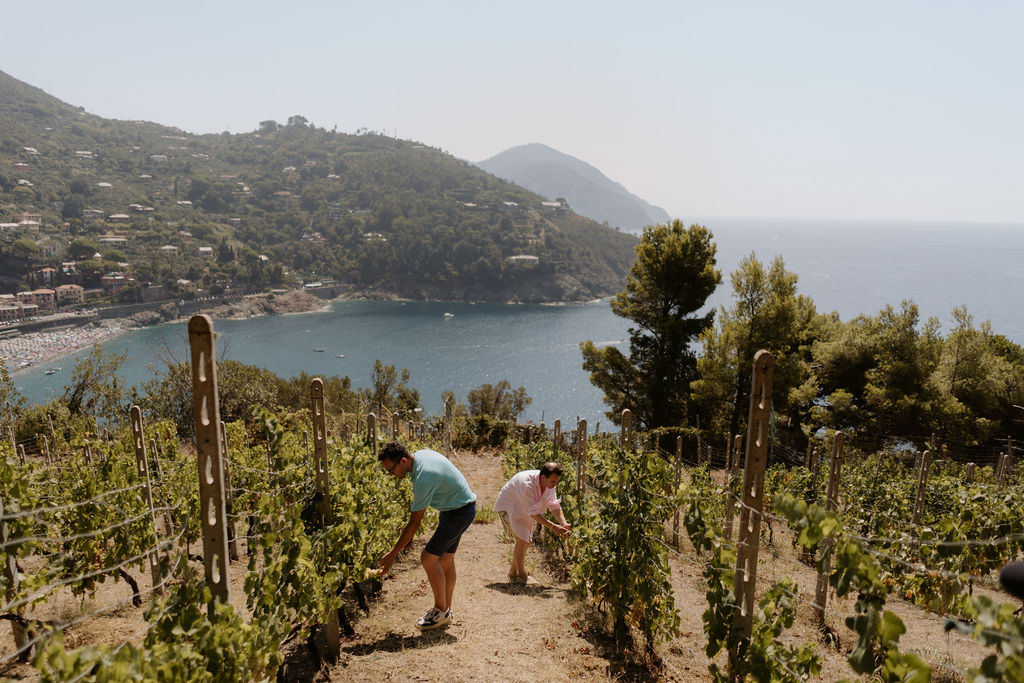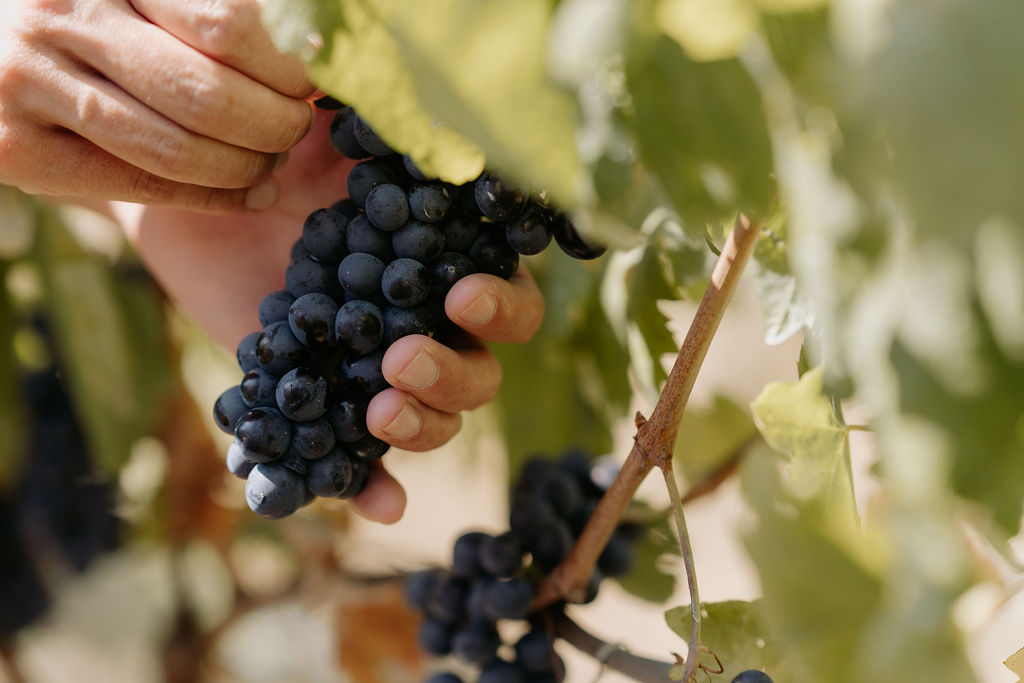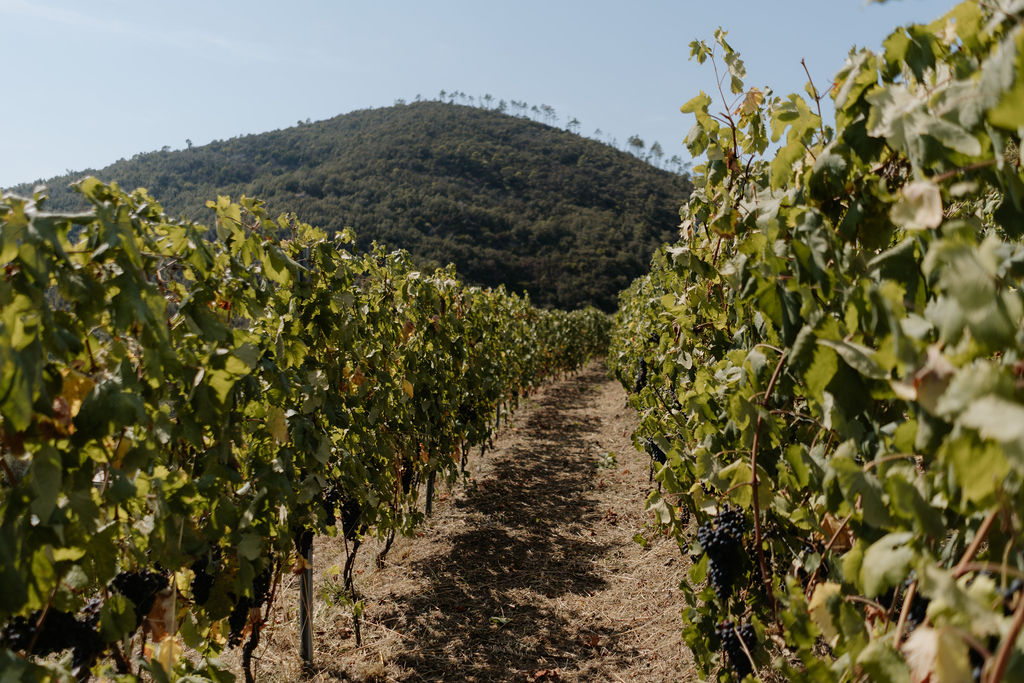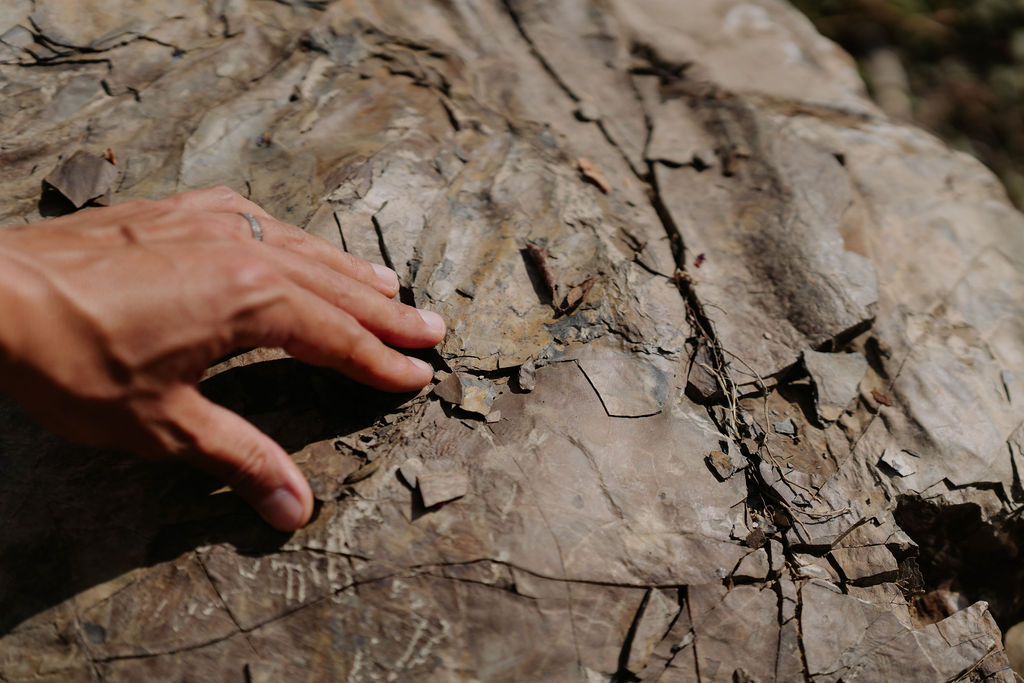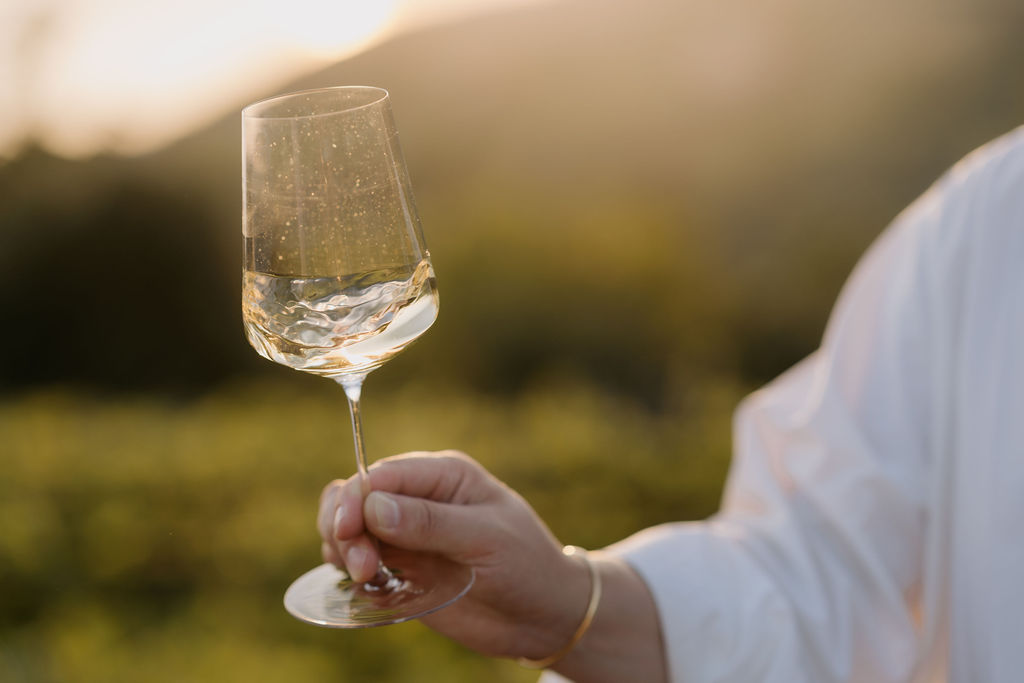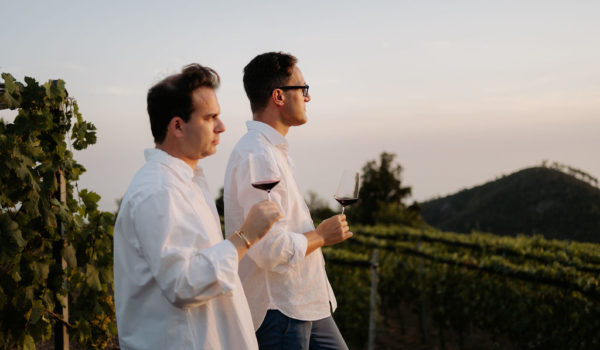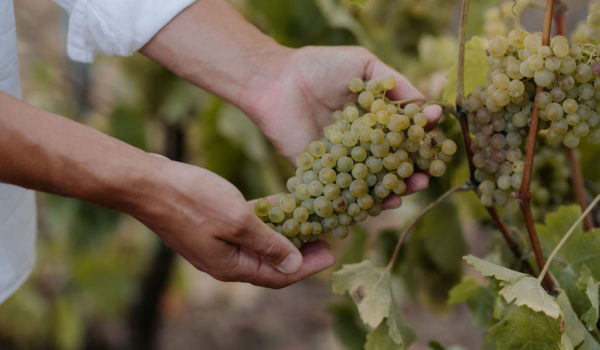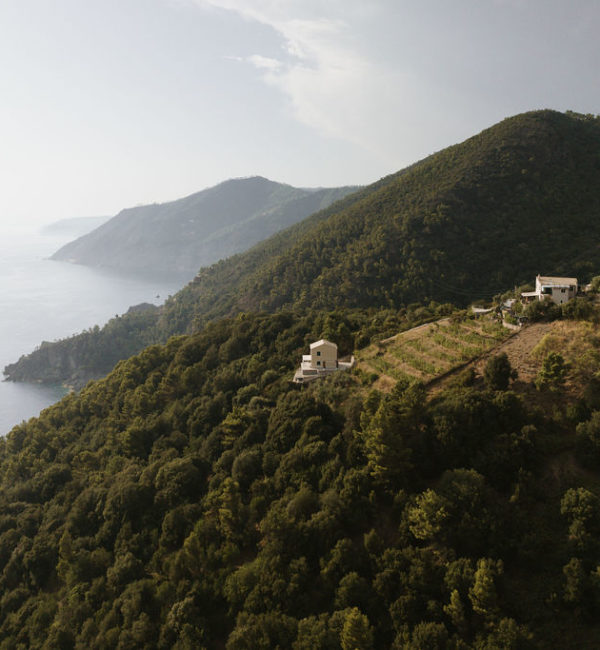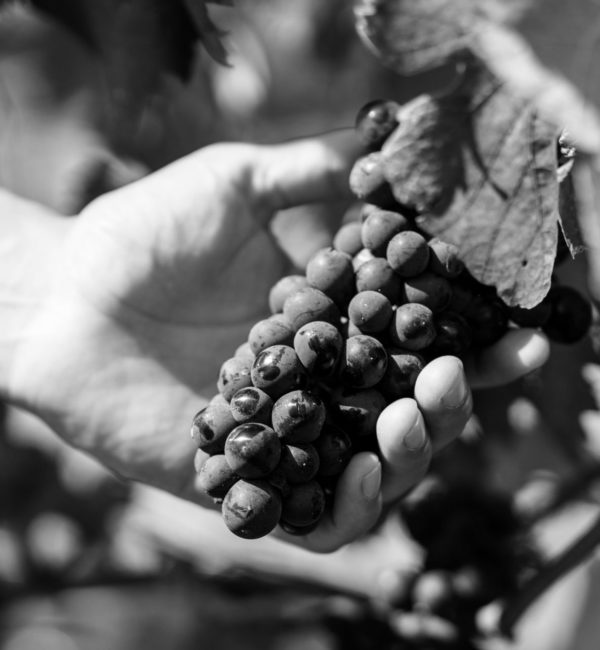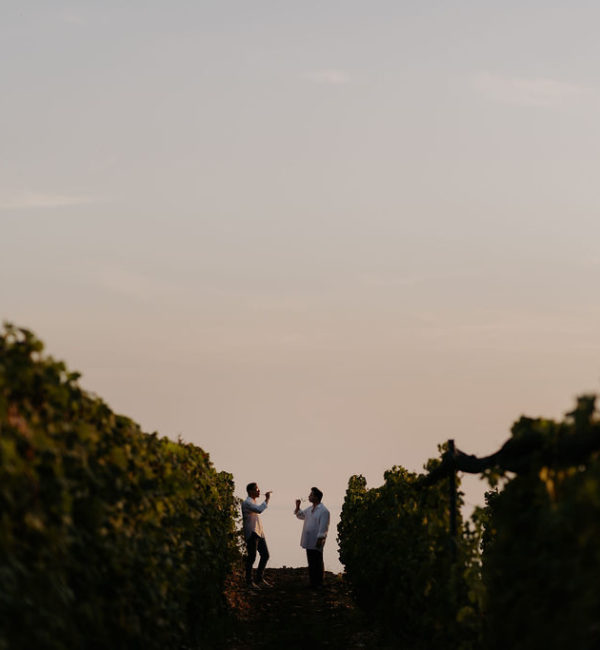Enhancing a place starting from respect for the land and for those who live on it, with a look to the past and one to the future. Herein lies the philosophy of Cà du Ferrà, in the desire to preserve a unique landscape, starting from uncultivated land, keeping it intact to preserve its beauty. And by treasuring the farming culture, without giving up modern tools.
Good practices, a focus on nature on the road to organic certification, are the pillars of this young business that aims to offer a natural product from its cellar, excellent wines from certified vineyards. A goal made possible by following the cycle of nature and a healthy and genuine lifestyle, in the vineyards as well as in the winery.
The recovery of ancient grape varieties
The pride of Cà du Ferrà is the recovery of rare and ancient vines, which is in the vein of returning to the past and respecting a place as it originally was.
To rediscover the original viticultural crops, the winery – in its Bonassola soils – aims to bring back varieties such as Ruzzese, Rossese Bianco, Picabon and Albarola Kihlgren, which have been present in the Cinque Terre and the Eastern coast of Liguria since ancient times, but have partly been forgotten throughout recent history.
The Cà du Ferrà’s work of replanting began with Ruzzese, as part of the demonstration project entitled “The recovery of biodiversity through the replanting of the Ruzzese vine” supported by Coldiretti La Spezia, the Liguria Region, CNR of Turin and Slow Food. What is coming back to life is not only a forgotten vine, replanted in Bonassola in the San Giorgio area and bearing fruit again, but also centuries-old traditions and stories.
Not everyone knows that Ruzzese is the forerunner of Sciacchetrà, the passito wine identifying the Cinque Terre, which today is generally made from Bosco, Albarola and Vermentino grapes, and which Cà du Ferrà rather produces from the white Ruzzese grape according to ancient tradition.
Finally, an anecdote that links this ancient vine to Pope Paul III Farnese who, in the second half of the 16th century, “Used to dip his hulled and sugared figs in the sweet Ruzzese,” as narrated by his bottle-keeper Sante Lancerio, a tireless seeker of exceptional wines to offer at the Pope’s banquet.


